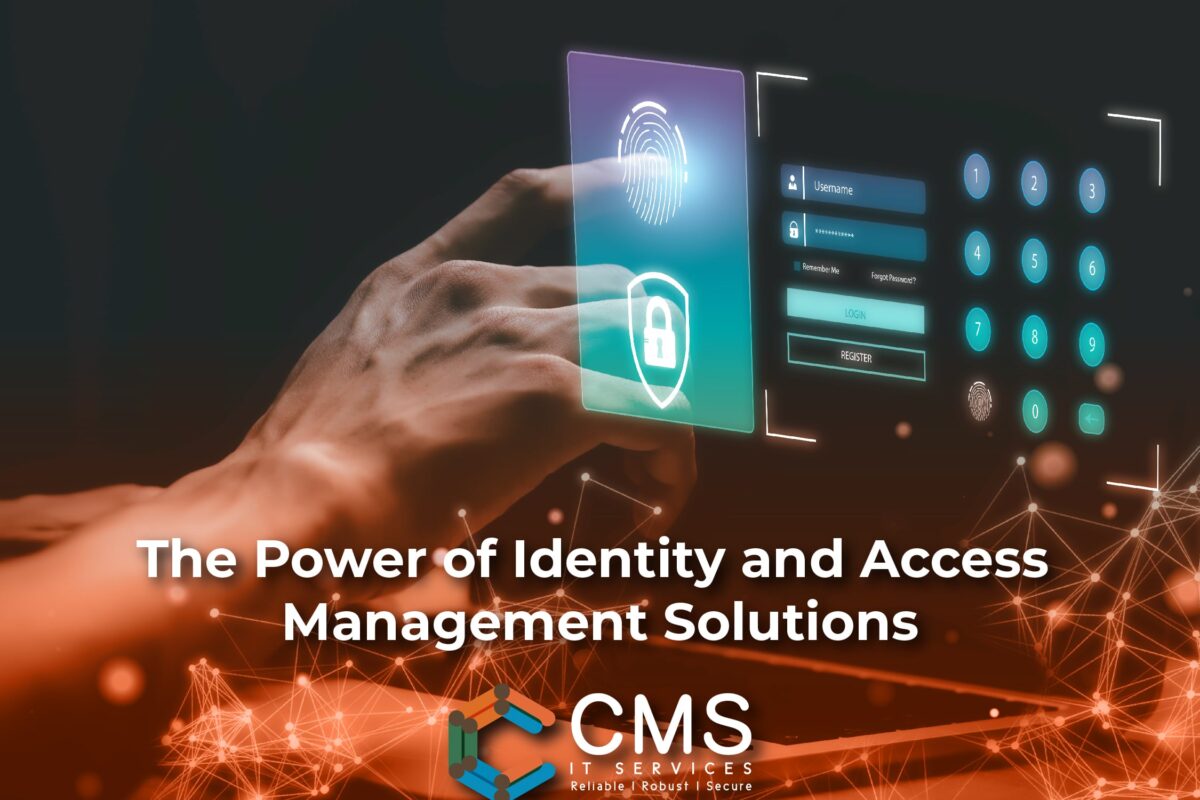Understanding Penetration Testing Services
Penetration Testing Services are crucial for identifying and addressing security vulnerabilities. These services simulate cyberattacks on your systems, revealing weaknesses before malicious hackers can exploit them. By using penetration testing, organizations can safeguard their data and maintain their reputation.
The Role of Penetration Testing in Cybersecurity
Cybersecurity is incomplete without effective penetration testing. These tests provide insights into potential threats and help in mitigating risks. They not only identify vulnerabilities but also assess the effectiveness of existing security measures. Therefore, regular penetration testing is vital for robust cybersecurity.
Benefits of Regular Penetration Testing
Enhancing Security Posture: Penetration Testing enhance your security posture by identifying vulnerabilities. This proactive approach allows organizations to address issues before they become serious threats. Regular testing ensures that security measures are up-to-date and effective.
Compliance with Regulations: Many industries have strict regulatory requirements for data protection. Penetration testing helps organizations comply with these regulations. By identifying and fixing vulnerabilities, companies can avoid hefty fines and legal issues.
Protecting Customer Trust: Customer trust is paramount in today’s digital age. Any security breach can severely damage a company’s reputation. Penetration Testing Service help protect customer data, thereby maintaining and enhancing trust.
CMS IT Services: Experts in Penetration Testing
Tailored Testing Solutions: CMS IT Services offers tailored penetration testing solutions to meet the unique needs of each organization. Their team of experts uses the latest tools and techniques to identify vulnerabilities and provide actionable insights.
Comprehensive Reporting: After conducting penetration tests, CMS IT Services provides comprehensive reports. These reports include detailed findings and recommendations, helping organizations understand and address security issues effectively.
Continuous Improvement: CMS IT Services believes in continuous improvement. They work with organizations to implement recommended changes and continuously monitor for new threats. This ensures that security measures evolve with emerging threats.
Why Choose CMS IT Services?
Expertise and Experience: With years of experience, CMS IT Services has a proven track record in providing top-notch penetration testing. Their experts stay updated with the latest cybersecurity trends and techniques.
Customer-Centric Approach: CMS IT Services prioritizes customer satisfaction. They work closely with clients to understand their needs and provide customized solutions. Their proactive approach ensures that clients are always protected against potential threats.
Cutting-Edge Technology: Using cutting-edge technology, CMS IT Services ensures that all vulnerabilities are identified and addressed. Their advanced tools and techniques provide thorough and accurate results.
Conclusion: The Necessity of Penetration Testing Services
In conclusion, penetration testing services are essential for any organization looking to secure its digital assets. CMS IT Services offers comprehensive and customized solutions to help organizations protect their data and maintain compliance. By choosing CMS IT Services, organizations can rest assured that their cybersecurity measures are robust and up-to-date.




